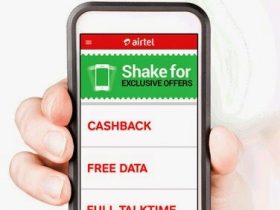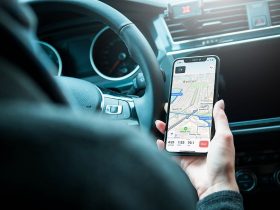In today’s demanding mobile app environment, reactive mobiles application are a total success. Mobile apps have completely evolved in the past few years. The term “Reactive” signifies an app with a certain set of standard behaviour that responds to the user. For example, an app which reflects changes in the user interface and adjusts to information as well as on-going data. Chatting app development is one of the biggest examples of reactive mobile app. Here are a few things you need to consider if you want to get a reactive mobile app developed: –

- Have the right programming infrastructure: Using the greatest programming advances in the mobile app is the key to successful reactive app. Apple’s Swift Programming Language is like a modern compiler infrastructure that offers developer with the ability to write better codes. A strong programming infrastructure can produce fast and robust applications.
- A layout of the mobile app: Before you start writing any code, map out everything possible such as the errors, features, functions and other user interactions. You can even create a flowchart that can serve as a table while you want to get the model of the app coded.
- Compatibility with other platforms: An app should be able to run on every operating system and device. The better the compatibility the app has the better for the larger audience. There is a slight difference in the apps that are meant for desktops and mobile apps.
- Precise functions: Apps that perform numerous functions should be simple. If you try to add all the function in the mobile application it will become a cluster. While designing an app, only focus on the intended functions that will serve your purpose.
- User feedback is the key: You app should be open to user feedbacks right from reviews through the app store to personalized review space within the app. Just monitor what users have to say about the app and leave some space for an area of improvement. Regardless of positive and negative feedback, this helps in faster development of your brand.
- Offline capabilities: If your mobile app requires a constant network of connectivity then the app is not considered to be efficient. Using a NoSQL database ensures offline functionality. This promotes reliability among people about your mobile app. If any changes that can be later adjusted once the device is back online
- UI components: The user interface should be as simple and efficient as possible for any mobile application. The entire motive of a good mobile app should that user requires minimum number of clicks. Also the mobile should be able to provide easy access anywhere possible especially with common functions.
- Involve push features that communicate: Push notifications from servers to mobile devices can be quite helpful. This features help in status updates, sending alerts, details and other information which is highly beneficial to anyone in the user end. This helps in providing instant notifications that a person can actually remember. Similarly, if there is any technical glitch, it is important that the person knows about it a hour or two before.
- A better flow of information: Use data binding which offers you a better flow of information. Data binding is a relation between UI components and business logic. This majorly helps in when the outer layer of the data changes then the inner layer automatically changes as well.
- Multiple uses: Users might prefer using the same application on multiple platforms such as mobile, web, tablet, etc. The app should able to sync in without any hassles and also automatically understand the chances in the devices automatically.


























